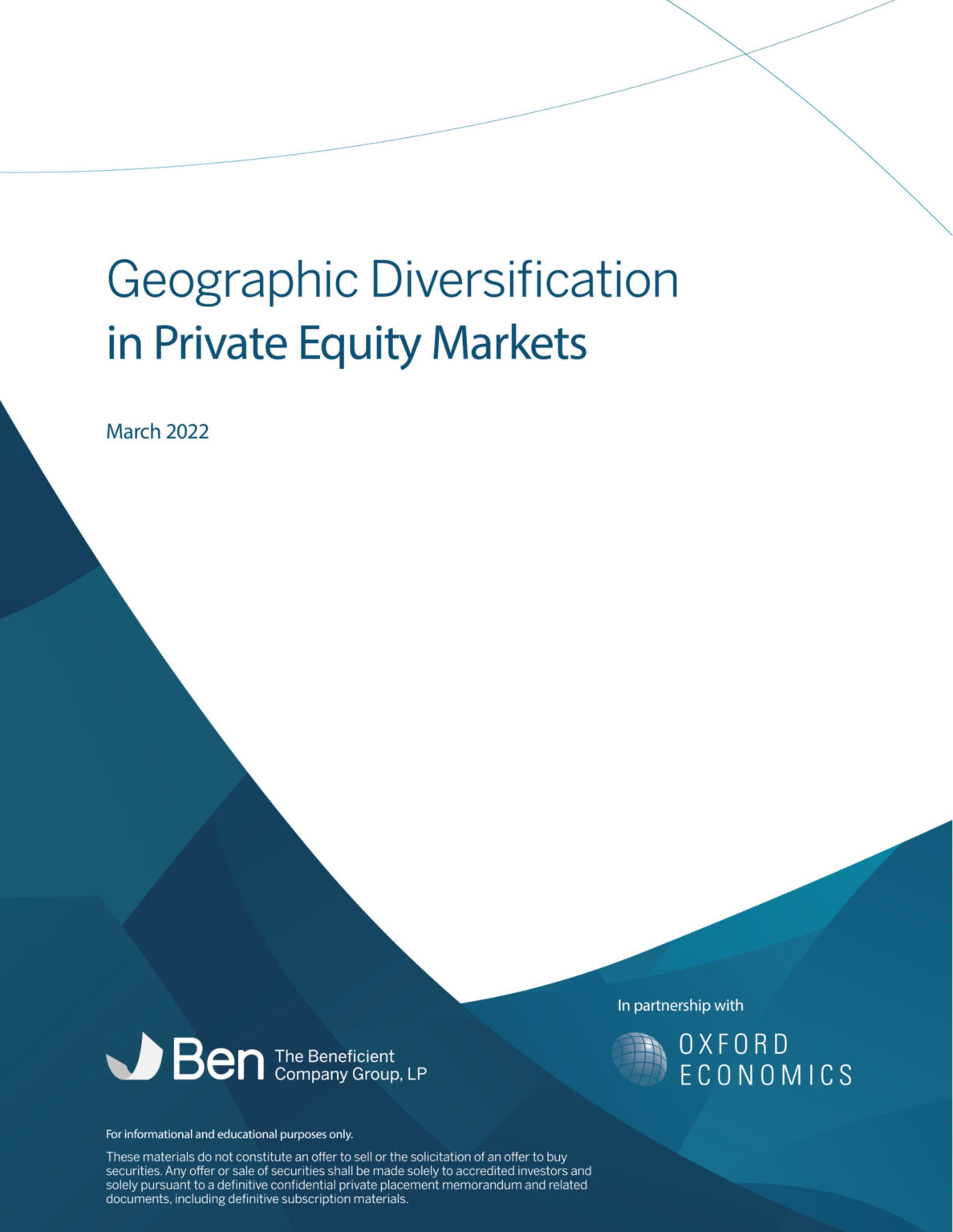The relationship between wider macroeconomic conditions and returns in financial markets, public or private, is rarely straightforward. Nevertheless, trends in broad policy decisions and macroeconomics continue to provide vital context to investors’ allocation decisions. Information on valuations and technical factors are also important. However, over longer investment horizons, macroeconomic factors should dominate investors’ decision-making process.
Developed in partnership with Oxford Economics.
Macroeconomic Considerations
Advanced Economies are Short on Demand
Structural factors such as demographics and weak productivity are keeping growth low, which points to continued low inflation and historically low level of interest rates.
Fiscal Policy Decisions are Critical
The glut of global savings gives policymakers the space to act. Decisions on whether to provide the sort of sustained stimulus that would lift us out of this equilibrium will have significant impacts.
Monetary Policy will have Questionable Effectiveness
Not only is there limited room to lower policy rates and expand asset purchases, research points to the effectiveness of monetary policy being much lower now than it has been in the past.
The Long-Term Outlook is Uncertain
The magnitude of the economic shock from the pandemic and the degree to which it leaves lasting scars on the economy is still a key unknown. Although we are likely to see high rates of growth, the level of output in the economy will struggle to surpass the pre-COVID-19 baseline.
Impact on Markets
Financial markets are unlikely to continue to defy weak macroeconomic fundamentals over the next decade, implying heightened risk in public markets. Stock market earnings are expected to be lower than pre-pandemic forecasts, with multiples increasingly looking stretched. Weak growth and low inflation mean that policy rates will be forced to remain low by historical standards.
A Rebalancing Strategy could Help Uneven Performance of Fund Strategies
The performance of different strategies has varied in different market cycles (e.g., venture capital before and after the dot-com bubble), which suggests a review and potential rebalancing of private fund allocations under current market conditions.
Portfolio Allocation Strategies may be the Key
While manager selection is an important part of private asset investing, active portfolio management and strategic portfolio tilts towards assets or sectors which are expected to outperform are key to performance during periods of market disruption.
The Need for Liquidity Continues to Grow
During periods of market uncertainty, investors are more likely to experience financial distress, compounding the need for early liquidity. Yet secondary markets for private asset have not been able to support broad participation by all investor types, especially small-to-medium sized individual investors.
Ben strives to provide rapid, cost-effective liquidity at potentially higher advance rates and may provide the opportunity needed to support your portfolio investment goals. Gain a deeper insight into the impact of these perspectives by reviewing two forecast illustrations developed by Ben’s Risk Management Team and shared in this “Maximizing the Opportunities in Private Markets report.
The information in this material and/or any other documents or information provided by The Beneficient Company Group, L.P. (Ben) does not constitute an offer to sell or the solicitation of an of an offer to purchase any securities of Ben or any of its affiliates. Offers to sell or purchase any security can only be made through definitive Offering Materials and subscription agreements with the applicable investor.
Subject to Qualification. Securities products are offered through Emerson Equity, LLC. Member FINRA/SIPC. Ben and Emerson Equity, LLC are separate, unaffiliated entities.
Neither Ben nor any of its affiliates or representatives (i) makes any express or implied representation or warranty as to the accuracy or completeness of the information contained in these materials, or (ii) shall have any liability resulting from your use of these materials. These materials are not intended to provide the sole basis for evaluating any transaction with Ben or any other matter.
The views and opinions expressed are those of the panelists and do not necessarily reflect the official policy or position of Ben or Oxford Economics. The information in this material is not intended to replace any information or consultation provided by a financial advisor or other professional nor shall be perceived to constitute financial, legal, accounting or tax advice.
These materials contain certain estimates, projections and forward-looking statements that contain substantial risks and uncertainties. The estimates, projections and forward-looking statements contained herein may or may not be realized, accurate or complete, and differences between estimated results and those realized may be material. Such estimates, projections and forward-looking statements are illustrative only and reflect various assumptions of Ben’s management concerning the future performance of Ben and its affiliates, and are subject to significant business, economic and competitive uncertainties and contingencies, many of which are beyond Ben’s control.
Except as otherwise noted, the materials speak as of December 2020. Neither Ben nor any of its affiliates or representatives undertakes any obligation to update or revise any of the information contained herein or to correct any inaccuracies which may become apparent.

Download the full Geographic Diversification in Private Equity Markets white paper above or contact us today to discuss what Ben’s secondary market liquidity solutions could mean for you.
CONTACT INFO
CALL: 888.887.8786
EMAIL: askben@beneficient.com

